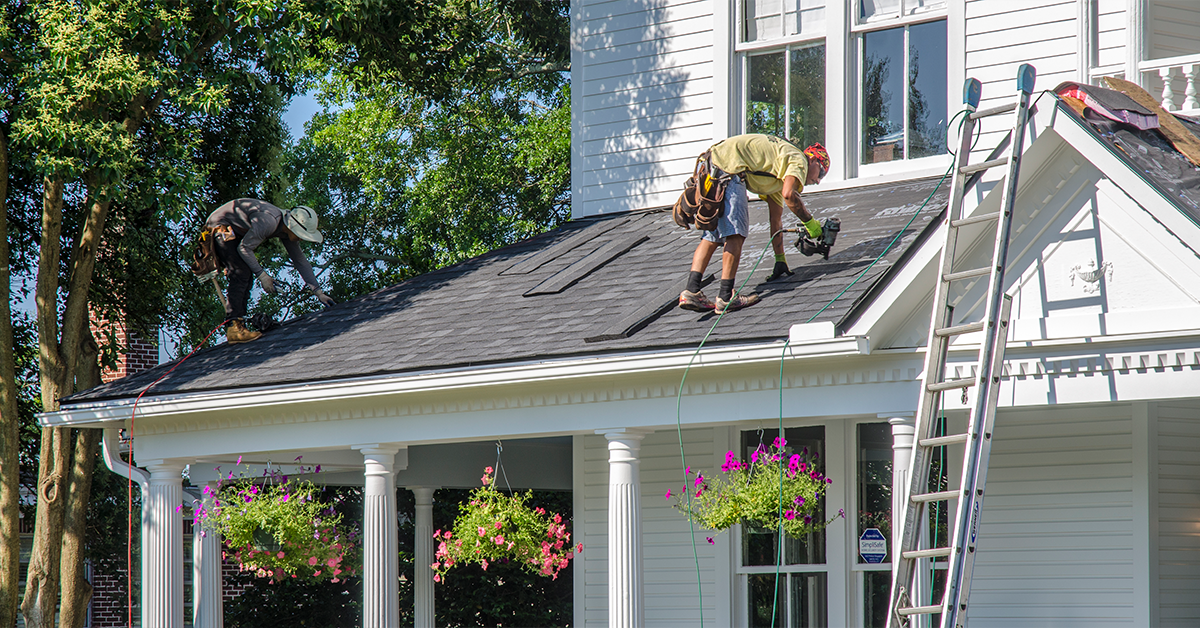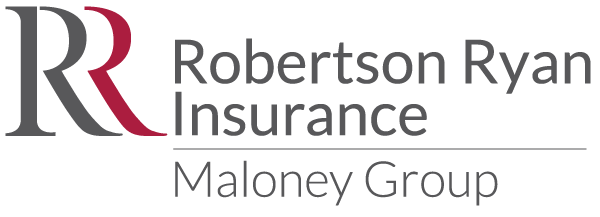How Your Roof Affects Your Insurance – and Your Wallet
April 6, 2025

Your roof does more than just keep the rain out – it plays a major role in your home or business insurance coverage, cost, and even eligibility. Whether you’re a homeowner or business owner, understanding how your roof impacts your policy is key to avoiding costly surprises.
Roof Condition Impacts Insurance Coverage
The age and condition of your roof are top factors in how insurance companies evaluate risk. If your roof is over 20 years old, expect a required inspection – or potentially limited coverage. Many insurers will only offer Actual Cash Value (ACV) policies for older roofs, meaning depreciation is factored in, leaving you with a smaller payout. Newer roofs, especially those made from impact-resistant materials, may qualify for Replacement Cost Value (RCV) coverage.
Extreme Weather Is Driving Premium Increases
Roof-related claims from hail, wind, and wildfires make up 70–90% of insured residential catastrophic losses in many years. As natural disasters intensify, insurance companies are increasing premiums, scaling back coverage, or pulling out of high-risk markets altogether. Wildfire-prone regions, in particular, are seeing major changes in policy requirements and availability.
Roofing Fraud and Scams
States like Florida have been hit hard by roofing scams, which drive up costs for everyone. Be wary of:
-
Contractors exaggerating damage or creating it
-
Lowball bids that skip quality
-
Pressure to perform unnecessary or expensive temporary fixes
Stick with licensed, insured contractors and always get multiple estimates.
Roof Shape and Materials Matter
Your premium can be influenced by:
-
Roof shape: Hip roofs are more wind-resistant than gable roofs.
-
Pitch: Steeper slopes shed water and snow more effectively.
-
Material: Metal, slate, and tile are generally more durable than asphalt shingles – and may earn you a discount. Wood shake? High fire risk, higher rates.
Maintenance Is Key
Insurance companies expect you to maintain your roof. Routine inspections, trimming overhanging branches, cleaning gutters, and removing storm debris can extend your roof’s life – and may even be required to maintain your policy.
Watch for these signs it’s time for repair or replacement:
-
Curling or missing shingles
-
Sagging areas
-
Algae growth
-
Water stains on ceilings
-
Higher energy bills
Roof Warranties: Don’t Be Misled
Shingle warranties (25–50 years) only cover manufacturer defects – not wear, storm damage, or improper installation. Always check the fine print and keep records of inspections and repairs.
Resilient Roofs = Insurance Savings
Programs like FORTIFIED Roofing, developed by the Insurance Institute for Business & Home Safety (IBHS), offer beyond-code protection from high winds, hail, and hurricanes. In some states, building or upgrading to these standards can earn you insurance discounts of 20-55%.
Grants and Discounts Are Available
Roof repairs can be expensive, but help exists:
-
USDA Rural Repair Grants
-
My Safe Florida Home matching funds
-
Strengthen Alabama Homes program
-
Wind mitigation discounts (5-35%) for impact-resistant roofs
Aerial Imagery and Inspections
Insurers are increasingly using drones and satellite tech to inspect roofs. This helps assess risk, verify claims, and even spot issues like overhanging branches or worn shingles that could affect your premium or coverage eligibility.
Bottom Line: A well-maintained, resilient roof isn’t just good for your home- it’s good for your insurance, too. Staying proactive with inspections, repairs, and upgrades can lead to better coverage, fewer claim issues, and lower premiums.
Need help navigating insurance for your roof? Contact your insurance professional to review your current policy and options for added protection. A stronger roof means stronger peace of mind.
Sources: Insurance Information Institute, IBHS, NICB, Hanover Insurance
